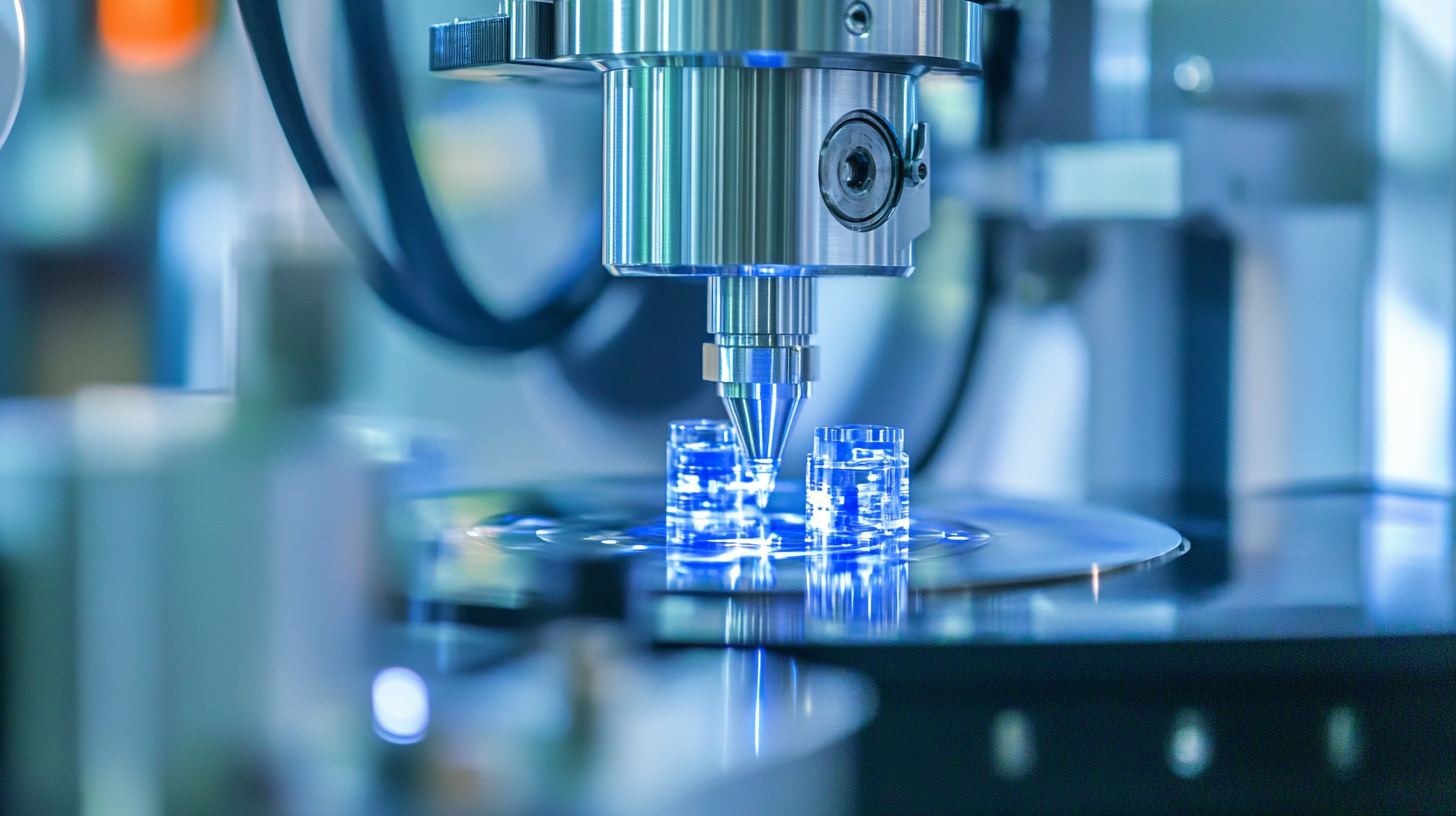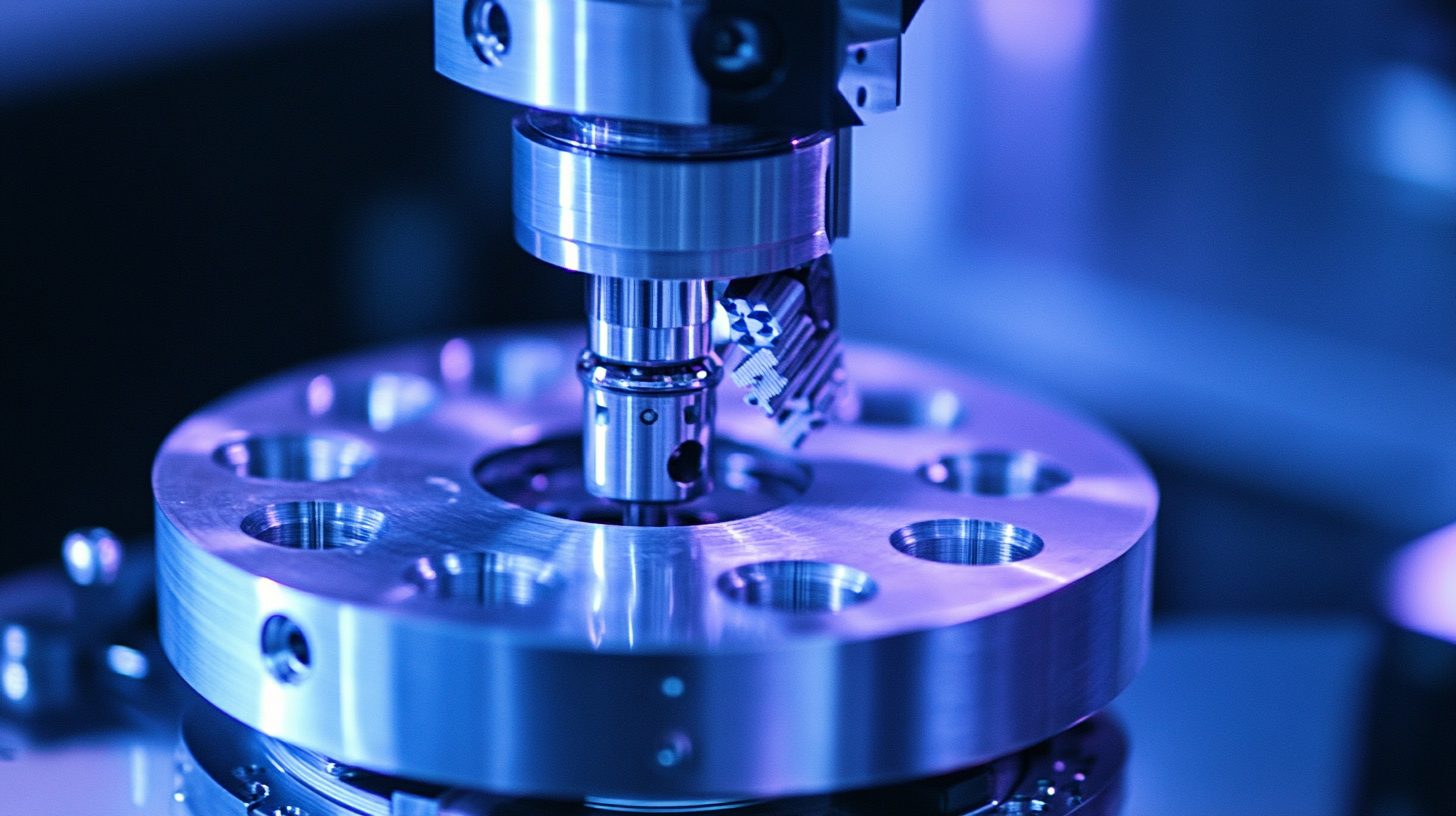

In the ever-evolving landscape of manufacturing, ensuring precision and quality control is paramount. A Comprehensive Checking Fixture has emerged as a crucial tool for businesses aiming to enhance their production accuracy and efficiency. According to a recent report by the International Manufacturing Institute, companies that effectively implement comprehensive checking fixtures can reduce assembly errors by up to 30%, significantly cutting down on rework and material waste. As industry trends shift towards automation and advanced manufacturing techniques, the demand for sophisticated quality assurance tools is projected to grow by 15% annually through 2025. This guide seeks to provide manufacturers with the essential insights needed to select the best Comprehensive Checking Fixture tailored to their specific needs, addressing not only current market demands but also future-proofing their manufacturing processes.

When selecting a comprehensive checking fixture for manufacturing, there are several key considerations that can significantly impact the efficiency and quality of production. First and foremost, the fixture's precision is paramount. According to a 2022 report by the National Institute of Standards and Technology (NIST), manufacturing defects can cost companies up to 20% of their production budget. Therefore, investing in a fixture that enables accurate measurements is essential to minimizing waste and ensuring product consistency.
Another important factor to consider is the material and durability of the checking fixture. The right materials can enhance longevity and reliability in a harsh manufacturing environment. A study published by the International Journal of Manufacturing Research found that using high-quality materials can extend the lifespan of checking fixtures by over 30%, thereby reducing the frequency of replacements and maintenance costs. Additionally, the ease of use and adaptability of fixtures to different production lines should be evaluated, as flexible solutions can lead to quicker setup times and reduce downtime between product changes.
When selecting a comprehensive checking fixture, understanding the various types available is crucial to making an informed decision for your manufacturing needs. Among the most common types are manual, automated, and hybrid fixtures. Manual checking fixtures are cost-effective and provide flexibility in inspection processes. They are particularly beneficial for small-batch productions where frequent adjustments are required. However, the downside lies in their potential for human error and longer cycle times, which may not suit high-volume manufacturing environments.
On the other hand, automated checking fixtures offer increased accuracy and efficiency, significantly reducing cycle times and human intervention requirements. These fixtures can manage high throughput and provide consistent results, making them ideal for large-scale productions. Yet, they come with higher initial costs and may demand specialized training for operators. Hybrid fixtures, which combine both manual and automated features, present a balanced solution that can capitalize on the strengths of both methods. While they offer flexibility and efficiency, their complexity can lead to maintenance challenges. Evaluating these pros and cons will enable manufacturers to choose the right fixture that aligns with their production scale and quality assurance protocols.
This chart compares the pros and cons of various types of checking fixtures used in manufacturing, helping you select the best option for your needs.
When selecting a comprehensive checking fixture for your manufacturing processes, it's vital to focus on essential features that ensure quality and efficiency. One of the most critical attributes to consider is the fixture's accuracy. A high-quality checking fixture should provide precise measurements and repeatable results, reducing the risk of errors in production. Look for fixtures that utilize advanced technologies such as laser measurement systems or digital indicators, as these can significantly enhance reliability.

Another important feature is the flexibility of the fixture. A good checking fixture should be adaptable to accommodate different parts or components, making it versatile for various production runs. This is particularly beneficial for companies that deal with a wide range of products or frequent design changes. Additionally, consider the ease of setup and operation; an intuitive design can expedite the production process, allowing operators to quickly learn and efficiently use the fixture without extensive training.
Investing in a fixture with these essential characteristics will not only improve quality control but also enhance overall manufacturing efficiency.
When it comes to selecting a checking fixture for your manufacturing needs, the choice of manufacturer is critical. A reliable checking fixture can reduce production errors by up to 80%, according to a report by the Society of Manufacturing Engineers (SME). Leading manufacturers in this space include companies like Renishaw, Fixtureworks, and Simonelli, each renowned for their commitment to quality and precision. Their fixtures not only enhance the accuracy of measurements but also improve workflow efficiency, ultimately leading to significant cost savings.
**Tip:** When evaluating manufacturers, always request case studies or customer references to understand their product performance in real-world applications.
Additionally, consider the technological advancements offered by these manufacturers. For instance, many are now integrating automated measuring systems with advanced sensors, which can track and report discrepancies in real-time. This technological integration is crucial as research from the National Institute of Standards and Technology (NIST) indicates that real-time data can help reduce assembly line defects by 30%.
**Tip:** Ensure the manufacturer provides comprehensive training and support for their checking fixtures, as this can dramatically enhance your team’s proficiency in utilizing the equipment effectively.
| Fixture Type | Precision Level | Material | Typical Application | Estimated Cost (USD) |
|---|---|---|---|---|
| Basic Checking Fixture | ±0.1 mm | Aluminum | Subassemblies | 500 - 1,000 |
| Complex Adaptive Fixture | ±0.05 mm | Steel | Automotive Components | 1,500 - 3,000 |
| Custom Modular Fixture | ±0.01 mm | Composite | Aerospace Parts | 3,000 - 5,000 |
| Portable Checking Fixture | ±0.2 mm | Plastic | Field Measurements | 300 - 600 |
When selecting a comprehensive checking fixture for your manufacturing needs, one of the most critical factors to consider is the balance between cost and quality. Manufacturers often face the dilemma of opting for lower-cost fixtures that might compromise accuracy or investing in high-quality options that could stretch their budget. Striking the right balance is essential for maintaining production efficiency and ensuring product quality.

Tip 1: Conduct thorough research on different materials and technologies used in checking fixtures. Higher quality materials may have a higher upfront cost but can lead to long-term savings by reducing wear and the need for replacements. Evaluate the life cycle costs associated with each option to make a more informed decision.
Tip 2: Consider your production volume and frequency of use. If your fixtures will be used regularly, investing in durable, high-quality fixtures is advisable to withstand the demands of daily operations. On the other hand, for occasional use, a cost-effective fixture may suffice, allowing you to allocate resources more efficiently.
Tip 3: Don’t overlook the importance of customizability. A fixture that can be tailored to your specific manufacturing processes might involve a higher initial investment, but it can enhance accuracy and reduce errors, ultimately saving time and resources in the long run.
